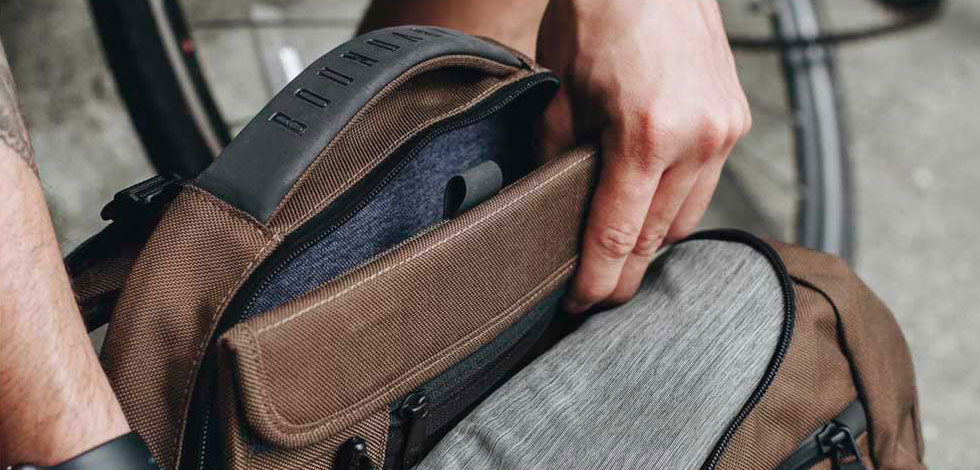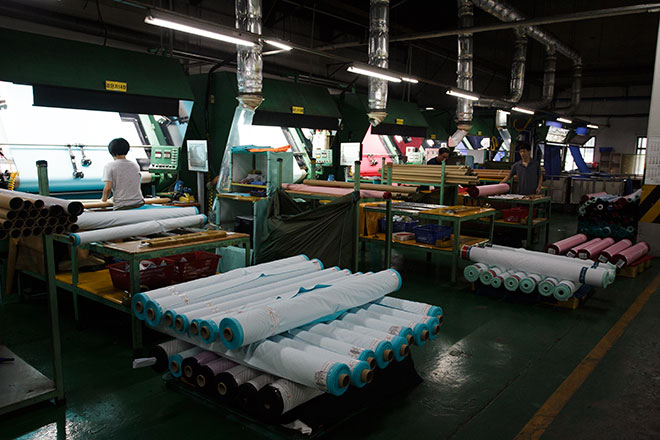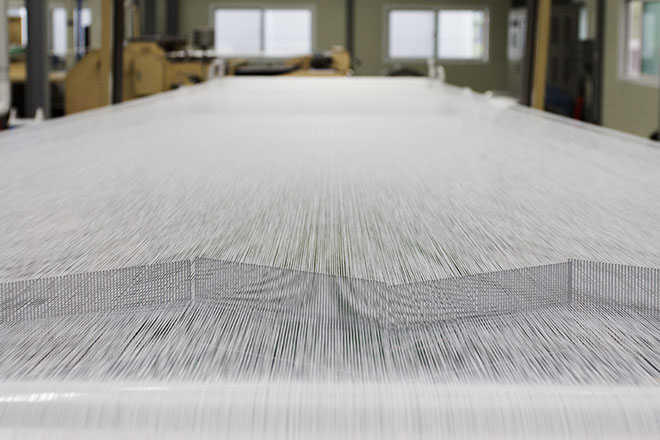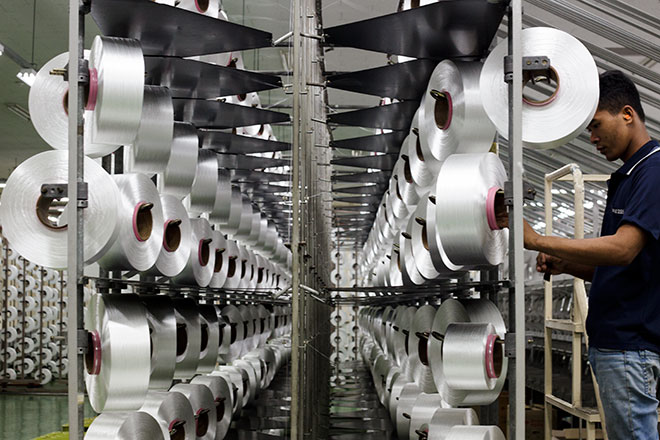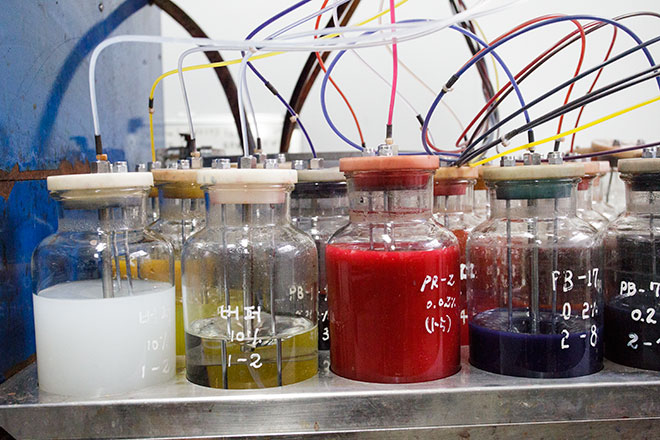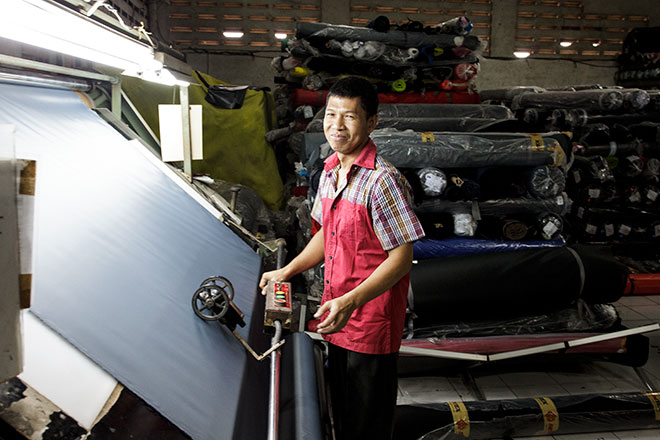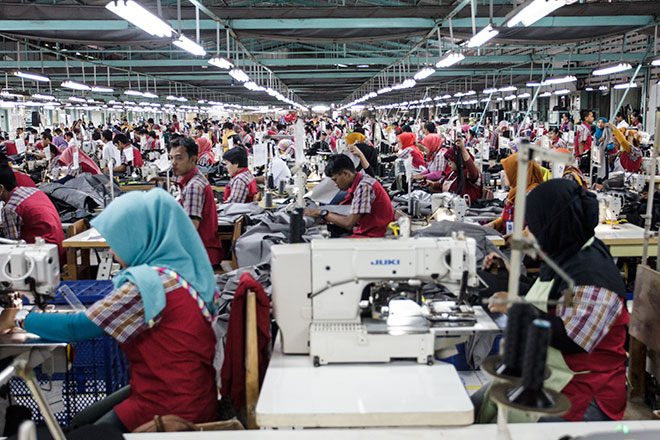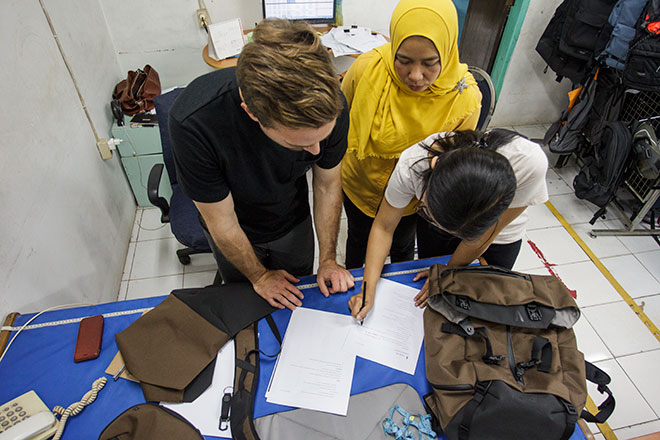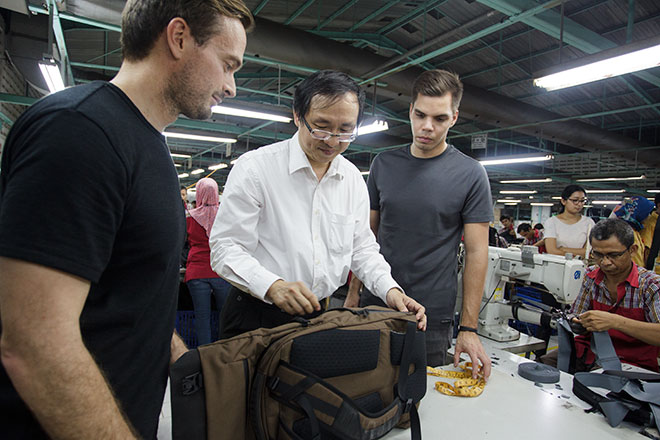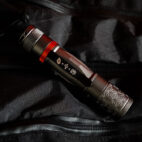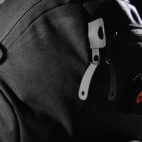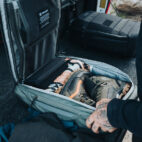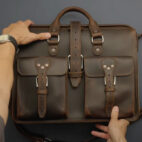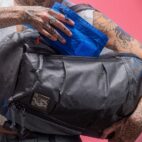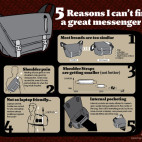Why You Should Care If Your Backpack’s Made of bluesign® Fabric
You’re in the market for a new pack. You’re seeing Cordura, you’re seeing ballistic nylon; you’re checking out the denier and the tenacity (while no doubt ogling the price tag). But how often do you think about the bag’s human and environmental costs?
For decades, ‘mass quantity, low quality’ has been the major mode of operation in the textile industry, often at the expense of human rights and environmental safety. As a counter to this, a growing number of brands today are choosing ethical, sustainable methods over toxic and harmful ones. That’s a good thing for the planet and the people working on it – but as a consumer, how can you actually know whether or not the bag you’re buying is made from the right stuff?
Take it from us: if it’s got a bluesign® product quality seal, you’re onto a good thing.
What is bluesign®?
Since 2000, bluesign® has emerged as the global textile industry’s leading standard for environmental health and safety. Founded by independent Swiss-based initiative Bluesign Technologies AG, bluesign® covers the whole textile supply chain, upholding standards like safe working conditions, fair labour practices, and environmental emissions – especially the eco-toxicological impact of chemicals.
It’s worth reminding that 60 million tonnes of natural or synthetically produced fibers are processed into textiles each year (i.e. 165 Empire State Buildings, or ten ancient Pyramids of Giza). Within that, 600 liters of clean water and 1kg of chemicals are required to produce every one of those kg’s – we’re talking 10 million tonnes of chemicals each year: a massive concern for environmental and human health.
Given that the textiles industry is responsible for around 20% of the pollution of our rivers and lands, bluesign® is a welcome, and much needed, regulatory force.
How does it work?
It helps to think of bluesign® as less of a ‘standard’ and more of a ‘system’.
Instead of appraising a product after it’s been made, bluesign® kicks in from the very start of the production process, and it doesn’t stop there – it maintains the standard through the whole manufacturing process, right up until the product lands in your hand.
It starts with textile mills: bluesign® auditors rate their air and water impact, listing areas of concern, while helping guide them towards sustainable alternatives such as organic fibers and eco-friendly dyes and chemicals.
Mills that adopt these recommendations can become certified bluesign® System Partners, opening themselves up to business from a massive network of green-seeking accredited brands and retailers.
bluesign® then ensures that those initial chemical standards are upheld during the production process of a given textiles product, while overseeing brands’ OH&S and labor practices to make sure the people creating the bags are being treated fairly and humanely.
It goes without saying that bluesign® is strict – it runs on the most advanced regulations and laws worldwide. And it doesn’t come cheap.
bluesign® in action
“It’s super expensive,” says Cavin Nicholson, CEO and co-founder of Salt Lake City-based carry brand Boundary, one of a growing number of brands who’ve seen the benefits – and necessity – of siding with the bluesign® system. So too, the financial consideration.
“When the bill comes sometimes and you’re like ‘Oh how much to do it to the standard?’ And like ‘Damn I’m really paying extra for this’,” he laughs.
But Nicholson is quick to add how essential that extra cost is to his brand’s DNA, and its entire sense of purpose.
“In order for us to fully get behind a product, it has to incorporate not only the higher end technical and manufacturing side of things, but it also needs to bring in the holistic approach to product manufacturing,” he adds. “I’m sure you’ve been in work environments where you’re like ‘I wouldn’t want to work here’ … you walk into a bluesign® place and you’re like, this is somewhere that I’m proud my products are being manufactured.”
While the majority of the industry continues to manufacture as cheaply as possible, reluctant to compromise their bottom line with inflated production costs, brands like Boundary are thriving from the positive effects of the ethical approach. Amongst the rapidly growing bluesign® partner base: Puma, Haglöfs, Burton, Vaude, Wilson, Deuter, Patagonia, Columbia, Thule, The North Face and more.
While most of these labels have ‘retrofitted’ to meet the bluesign® standard, Boundary implemented it from the very inception of its operations.
“It just honestly came out of a pure passion,” says Nicholson. “Like when someone says ‘Hey what do you do for a living?’ or ‘What does your brand make?’ you’re able to get behind that 100% and not say, y’know, I make backpacks but they’re made in some smoky factory in Guam. It’s a nice full circle.”
At the end of the day, siding with bluesign® is really all about quality: “That’s what making the best product entails,” adds Nicholson.
“And at the end of the day we can feel absolutely amazing about it.”
Looking for a (blue) sign
Knowing that bluesign® exists, and that it’s a superior option to hook up a bluesign®-manufactured bag, the original question remains: how do we at the consumer end know if it’s bluesign® or not?
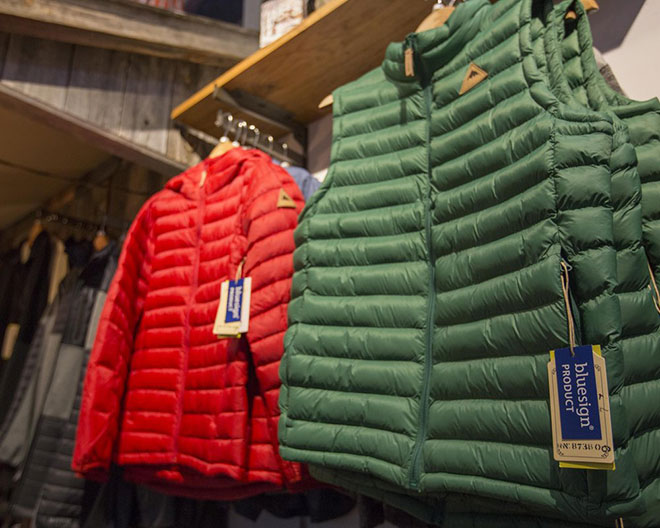
Ultimately, you’ll also know a bluesign® product by the tag or label it carries: ‘Made with bluesign®-certified material’ means that some (but maybe not all) of the bag’s materials meet the standard. A ‘bluesign®-certified product’ tag, on the other hand, indicates you’ve got yourself a bona fide, fully bluesign®-accredited product: trims, buttons, buckles, core materials, labor, the whole deal.
That aside, it’s not a bad idea to get the down-low on brands that do and don’t use bluesign® via a little research in the meantime: read up on the bluesign® site, take a look at the brands and manufacturers who are on board, and take note of the savvy players.
By supporting quality, ethical, environmentally sustainable carry, you’ll feel pretty darn amazing too.
This article was sponsored by Boundary Supply, keen supporters of bluesign®





 Carry Awards
Carry Awards Insights
Insights Liking
Liking Projects
Projects Interviews
Interviews
